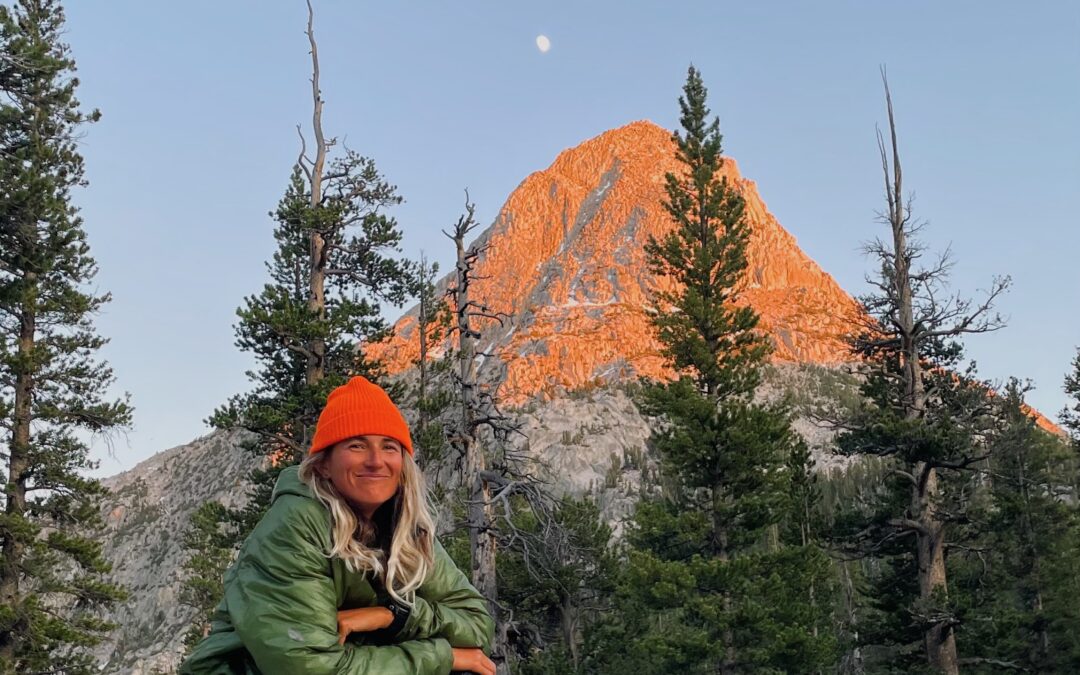We all know that sunscreen provides essential protection for our skin from the harmful UV rays of the sun, a growing concern in a changing climate. But, what if your sunscreen is full of toxic chemicals that could be causing potential harm to your skin or your health? How can you know that your sunscreen is safe for you, or your children, to use?
Today, we’re discussing some common sunscreen ingredients that you should avoid, and why.
Key Points
- Sunscreen ingredients to avoid – Which are deemed unsafe and which are being investigated by the FDA?
- A few tips for choosing a sunscreen for yourself and your family.
- A little about us and how we can help you to be more healthy and well.
Why Choose a Healthier Sunscreen?
Sunscreen is something you’ll likely be using everyday in your life, whether in your daily facial moisturizer, in sunscreen lotions and creams for your body, or in convenient sunscreen sprays. All of these products have an important job to do – keep you and your family members from suffering sunburn, which can raise your risks of cancer and cause skin damage and pain. Sunscreen active ingredients absorb and block harmful UV rays from the sun to keep your skin safe from overexposure.
Anything that you put on your skin can affect your health. Your skin is comprised of several permeable layers, and chemicals penetrate the outer layers of your skin, called the epidermis, to reach the more sensitive and deeper layers of the skin. In some cases, chemicals can even get into your bloodstream by dermal absorption, says the CDC.
“The stratum corneum provides a barrier by keeping molecules from passing into and out of the skin. This barrier protects the lower layers of skin. How much the skin absorbs chemicals depends on the following factors: Skin integrity (damaged or intact), the place on the skin where the chemicals are absorbed, physical and chemical properties of the chemical, concentration of the chemical on the skin surface, how long the skin absorbs the chemical, and the surface area of skin that absorbs the chemical.” – CDC
Because sunscreen chemicals sit on the skin (and large portions of skin) for a period of time, it’s important to only choose the safest sunscreens with the fewest chemicals that may be problematic for your health. Having said that, you are still better off using any sunscreen than skipping it altogether – so remember that in a pinch. Just try to buy clean sunscreens from reputable companies and stock up before you head out into the sun.
Unsafe Sunscreen Ingredients to Avoid
In choosing the right kinds of sunscreen products for your family, you’ll need to know some of the sunscreen toxic chemicals to avoid. There are a few that have already been determined by the FDA to be unsafe and others are currently being studied or are under investigation by the FDA. Steer clear of sunscreen dangerous chemicals because they can also cause endocrine disruption and skin reactions, among other health problems.
Potential Harmful Sunscreen Chemicals
Check the ingredients list for any sunscreen or skin care item that contains sunscreen. Look for harmful ingredients and know the active ingredients in your sunscreens. You can also look for hypoallergenic sunscreens to minimize skin irritation. Here are some of the sunscreen ingredients you should be aware of before you buy a sunscreen that contains them.
Aminobenzoic acid (PABA) – PABA is an organic crystalline compound that’s also called Vitamin B10. Because it can cause allergic interactions and increase photosensitivity, many people are choosing to avoid this potential irritant. You can buy sunscreens labeled PABA-free and should if you or your children have sensitive skin. Also note that (according to WebMD) the spray form of aminobenzoic acid is flammable. Because so many sunscreens come in spray form, you’ll want to exercise great caution when using sunscreens with or without aminobenzoic acid: smoking, grills, campfires, etc.
Trolamine salicylate – This is actually a pain relieving medication but because it absorbs UV rays, it’s been used in sunscreens and cosmetics. But like other medications it isn’t without side effects. This ingredient can cause a myriad of skin issues. Best to avoid it when possible, especially if your skin is particularly sensitive.
Oxybenzone – Also called benzophenone-3, this one’s common and an environmental nightmare. It’s so readily available through the skin that it can travel throughout your body. It’s currently banned in Hawaii, in part because of the need to protect the barrier reef ecology. Tip: Check your haircare and skincare for this one too. It’s a common sunscreen in beauty and hair care products, as well. Note: Benzophenone, itself, can also be some scary stuff.
Octinoxate – This awful chemical is made by mixing an organic acid compound with an alcohol, explains Healthline, “also banned in Hawaii for coral reef reasons. It’s been shown to cause skin allergies, and in animal studies, it had effects on the reproductive system and thyroid.” Byrdie. This compound is highly argued about whether or not it’s safe for humans as compared to the benefit of blocking out the sun’s rays. Educate yourself on this one and make this choice for yourself and your family while the FDA more fully determines its recommendations for using octinoxate.
Avobenzone – Can be very irritating to the skin. Plus, it’s not even very effective. It’s also under investigation for environmental impacts to coral reefs. If protecting the delicate coral reef ecological systems matters to you and your family – perhaps choose a sunscreen without avobenzone in the formula.
Padimate O – Can cause allergic dermatitis and photosensitivity issues. This one’s been suspected as carcinogenic but the jury’s still out on that. Due to the potential risks to your skin, we’ve decided this one is worth avoiding when selecting healthy sunscreens for your family.
Cinoxate – This one is considered a hormone disruptor. It poses a moderate risk for developmental and reproductive toxicity.
Dioxybenzone – This one is an environmental problem so some groups are trying to get it banned.
Homosalate – This one is also a potential endocrine and hormone disruptor.
Helpful tip: If an ingredient in your sunscreen ends in –one, –ene, or –ate suffixes, go ahead and do your research! It couldn’t hurt to be sure that it’s safe for your family to use.
Is it OK to Have CBD in Your Sunscreen?
Yes. Because CBD is naturally quite moisturizing, it’s a choice ingredient for before, during, and after-sun care creams and lotions, including sunscreen. In fact, it’s a good idea to utilize CBD molecules in a variety of healthy skin options.
Though you need to be over the age of 18 to use CBD products orally, there’s not really a recommended age for using them topically. Note that a small bit of those molecules can get into the deeper layers of your skin. Because of this, many parents opt for CBD-free sunscreens for their children.
Asé Pure Naturals’ Promise to You
Because we produce CBD oil products that you put into your body and onto your skin, we know that what goes into our products matters. As a health and wellness company, your skin and overall health are our top concerns. Because of our commitment to bringing you only the best that nature can provide, we can promise you to keep our products free from harmful ingredients.
We ensure the purest, safest hemp-derived CBD products, sourced sustainably and FREE from:
- Pesticides
- Fungicides
- Harsh chemicals
- Contaminants
Product Pages With Our Ingredients Lists
Because we know our consumers are health and ingredients conscious users, we make it easy for you to find out what you need to know about what’s in our products. Furthermore, we make ourselves available to answer your questions. Here’s where you can find the information you need about our ingredients.
PREMIUM CBD OIL TINCTURE – BROAD-SPECTRUM – 900MG
PREMIUM CBD OIL TINCTURE – FULL-SPECTRUM – 900MG
PREMIUM FULL SPECTRUM SOFT GELS – 900 MG
For More Information
We hope you’ve found this article on harmful sunscreen ingredients to avoid a helpful resource for you and your family. Please share it with a friend who’s also health and safety conscious so they, too, can learn about potential harmful chemicals in sunscreens. You never know when one small effort may help another person to be more well and safe out there in the sun. Thanks for reading.
For more information about what’s in our premium CBD products, check our product pages (linked above) for each product, or use the Contact Us form to ask any questions you may have. We are happy to help.








